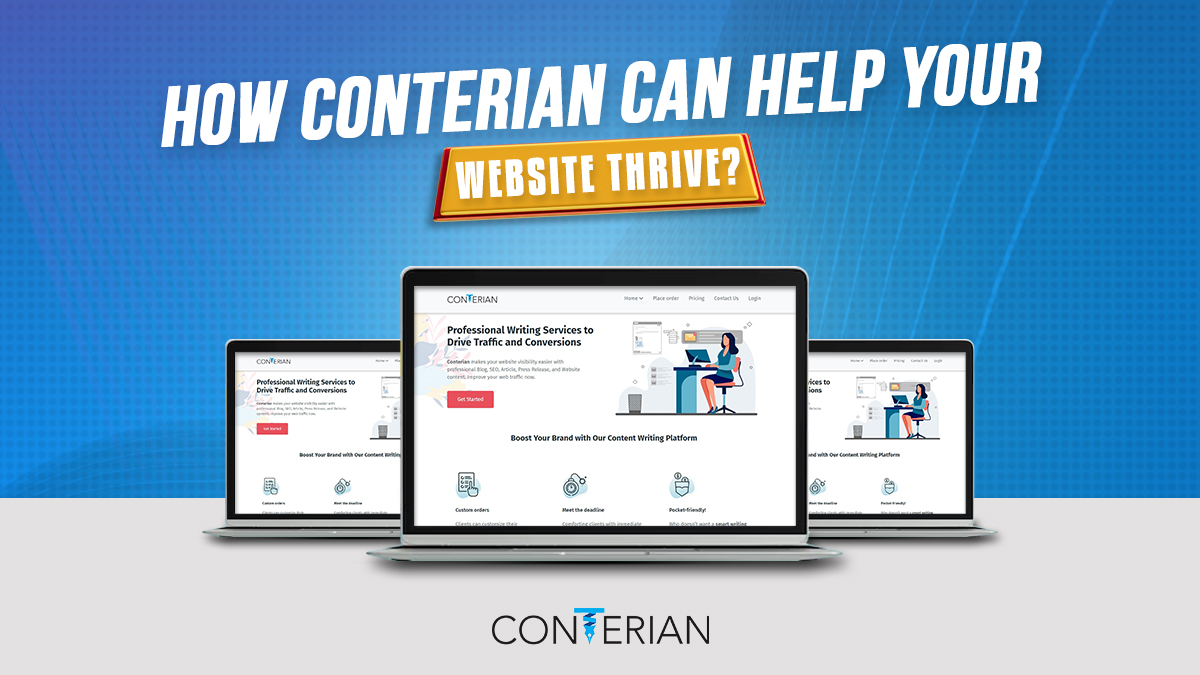Content marketing strategies work quite well for every business when it comes to delivering messages in a consistent way, Content helps to maximize resources and business outcomes. However, the content marketing approach for B2B marketers is quite different than the straightforward processes of B2C marketers. A cohesive B2B content marketing strategy proves to be crucial for driving effective results. Let’s find out the key elements of a successful B2B content marketing strategy. Here are a few things to keep in mind,
• What types of content will be crafted
• Why it’s being crafted (goals of content)
• Who it’s for (target audience)
• Where it will be shared (strategy for distribution)
• How it will be measured (content KPIs)
Content strategies are not static and they are constantly evolving with the trends and as well as businesses and target audiences. Successful content marketing strategies are also quite dynamic in nature as they do not revolve around a single content type. A good strategy can leverage various formats of content on different platforms which helps to engage your audience at every stage of the buyer’s journey.
Regardless of whether you have an in-house team or hired a professional agency for the task; you and your team must be well aware of your business, audience, goals, and aspects as the information can help to come up with more unique and captivating content.
B2B Content Marketing Strategy
Identifying Content Goals Aligned with Business:
Content goals are the objectives that drive your content strategy and shape it. When you are establishing content goals, you should consider how those goals can impact your business. Here are some goals to consider, such as
• Educating Audiences – This means you are trying to provide information for the online users that they need. It helps to establish yourself as an industry leader and helps to gain more trust and support from potential customers.
• Improving Brand Awareness – One of the crucial aspects of your business is to let people know about your brand. Without establishing familiarity, most online users are skeptical about interacting with the business. However, content can help your business become familiar with users by improving brand awareness in the market.
• Driving Organic Traffic – Your business website needs to stay at the top of the search engine result pages (SERP) and therefore it requires web traffic and online engagement which can be improved with the help of content.
• Boosting Leads and Conversion Rate - This is the prime goal of any business to generate more leads and turn them into loyal customers with a high conversion rate. The content must be attractive enough to provoke their purchasing behavior and make them more likely to click through and take desired actions.
Set Content KPIs from the Start
After figuring out the goals, it is time for you to set some key performance indicators (KPIs), the metrics that will help you track your progress according. Here are some important KPIs to consider,
• Website visits: This metric helps to understand how much traffic your content is able to generate.
• Conversion rate: This metric offers the percentage of visitors who take a desired action after reading the content. This shows the effectiveness of the content.
• Social media engagement: Likes, shares, comments, and other online activities are the best indicators to understand which content has resonated with the audience the most. It is important to know which content has offered the best performance to create your next strategy.
• Email open rate: When email marketing is part of your strategy, you need to track down how many people have actually opened your email and given it a read. This is an important metric as email marketing is quite effective for all kinds of industries.
Understand Your Target Audiences
When it comes to B2B marketing, you are not directly approaching customers but other professionals. They are your target audiences and you need to understand their needs, preferences, and online behavior. Regardless of the industry, it is quite natural that your target audiences are looking for specific solutions for their pain points. The pain points usually depend on their job role, seniority, and other aspects. So, you need to understand your target audience based on different demographics like responsibilities, job titles, challenges, goals, etc many others. Here are a few tips for help,
• Explore social media groups and industry forums to identify the common pain points
• Make a direct approach to your audience and ask what content would they prefer more
• Communicate with sales and customer service teams in order to understand the perspective of the clients
• Utilize Google Analytics and other heat mapping tools that help to understand site behaviors.
Always remember, it is not about reaching most people but the right people for your business.
Opt for the Right Content Type for Your Needs
With a comprehensive understanding of target audiences, you will have a better idea of what type of content can fulfill your business needs. You should opt for the content formats and channels that support your campaign and the ongoing efforts. You should also focus on the industry, customer personas, and other aspect to choose the right content type. For example,
• Blog Posts - Top-of-the-funnel blog posts focus on industry and market trends while bottom-of-the-funnel posts help to shed more light on your products and services.
• Whitepapers – It is a highly valuable content type for B2B audiences. This works like a mid-to-bottom funnel content that demonstrates expertise while adding more value to the content. It mainly offers in-depth knowledge on specific topics for professionals.
• Case Studies – These are basically real-world examples that show how the customers can get over a problem with the solution your company provides.
Systematize the Content Process
Even if you have a good strategy, it requires a systematic approach to organize your content production and its distribution in the market. Here are a few easy steps to help you,
• Set up a content calendar in order to maximize the scalability of content, It can help you re-purpose.
• Define your brand’s voice and create unique guidelines and templates that embrace the brand. You can use both long-term and short-term content for this purpose.
• In this digital world, you must learn to leverage technology that helps in marketing such as project management software, virtual meeting apps, or collaboration platforms. For optimization, you can also find SEO-based tools.
Final Thoughts
By following the steps given above, you can come up with an effective B2B content marketing strategy that helps to flourish your business. However, sometimes it can be a bit overwhelming to keep an eye on all aspects. In that case, consider outsourcing your content needs as many professional content creation agencies offer dynamic content services at an affordable price.










